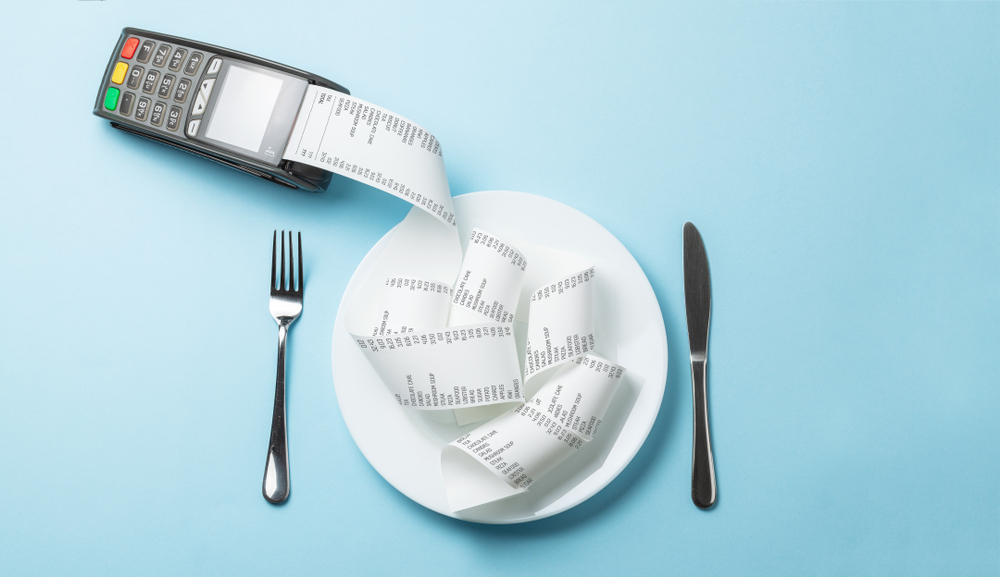The VAT rectification: The value added tax is a tax levied on the sale of goods and services in many countries. It is considered an indirect form of taxation, since it is paid by consumers when they purchase goods or services.
The VAT rate varies from country to country, and may be subject to change over time as governments adjust their tax policies. In recent years, many countries have experienced changes in their VAT rates, either through reductions or increases, along with corresponding rectifications. This article looks at some of the changes in VAT rates that have taken place around the world and how these changes affect businesses and consumers.
Can the VAT model 303 be modified if it has already been submitted?
Yes, it is possible to rectify the VAT even after having sent it to the Tax Agency. However, what needs to be done varies depending on who benefits from the fix.
- The rectification favors the Tax Agency.
- Rectification favors you.
Both circumstances have a solution, but their respective procedures are unique.
VAT rectification in your favor (substitute declaration)
If you have made a mistake in your VAT self-assessment that causes you harm as a taxpayer, such as an overpayment or underpayment, the only way to receive compensation for your losses is to initiate a self-assessment rectification process. It is not the same as filing a tax return, but filing a claim. For example, not declaring an expense related to the activity that could have been deducted from the amount charged for an invoice or entering an erroneously high figure.
VAT rectification in favor of the Treasury (complementary declaration)
If the VAT rectification favors the Tax Agency, you must present a complementary VAT self-assessment to request what corresponds
- The return or compensation of a lesser amount
- Enter a higher amount
Self-assessments are only beneficial for the Administration, unlike certain reports, such as the annual Value Added Tax, which can provide a benefit or a deficit depending on whether there are related income or returns.
Remember how to act if you have to issue a corrective invoice
Since January 1, 2023, the VAT rate on certain products has been reduced; for example, from 10 to 5% in the case of VAT applicable to olive and seed oils and pasta or from 4 to 0% in the VAT of staple foods (bread, flour, cheese, eggs, fruit , vegetables, vegetables…).
The reduced VAT rates apply to all products covered by the change in law, regardless of when they were purchased. The reduced rate will apply to all purchases made after January 1, 2023. However, it is important to note that the reduced rates do not apply to products purchased before January 1, 2023. Those purchases will be applied the normal rate of VAT.
Basically, if your company deals in these types of items and has to issue corrective invoices for operations carried out before January 1, 2023, you will have to use the VAT rate of the day of the transaction, not the current one. This will come into effect if a customer does not pay and you want to recover the output VAT, if goods are returned or when you rectify an error in the original value of an invoice.
To issue corrective invoices, you must verify the original invoice and any other related documents that are available. You must ensure that you have correctly identified the date of the transaction, the type of goods or services involved, and the amount charged. Next, decide whether to use the current VAT rate or the one applicable on the date of the transaction.
If you opt for a rate other than the current one, you must make sure to clearly indicate this on the rectifying invoice. The invoice must also include details of any previously applied VAT adjustments and an explanation of why this is being done. Lastly, be sure to keep copies of all modified invoices for future reference.
When it comes to the return of products delivered before January 1, a special rectifying invoice must be issued; the deduction of the cost of subsequent deliveries made after that date cannot be deferred. This would only be plausible if both the purchased and returned products were subject to the same VAT rate, which is unfortunately not applicable in this situation.
In this case, the customer would have to pay for the products delivered after January 1 and then claim a refund of the cost of the returned items. This refund would be calculated on the basis of the price paid less applicable VAT. The customer must then issue a corrective invoice to receive a credit note from his provider.
If you have questions about the new rates or rectification of VAT or about any subject related to this tax, our professionals are at your disposal to assist you.

